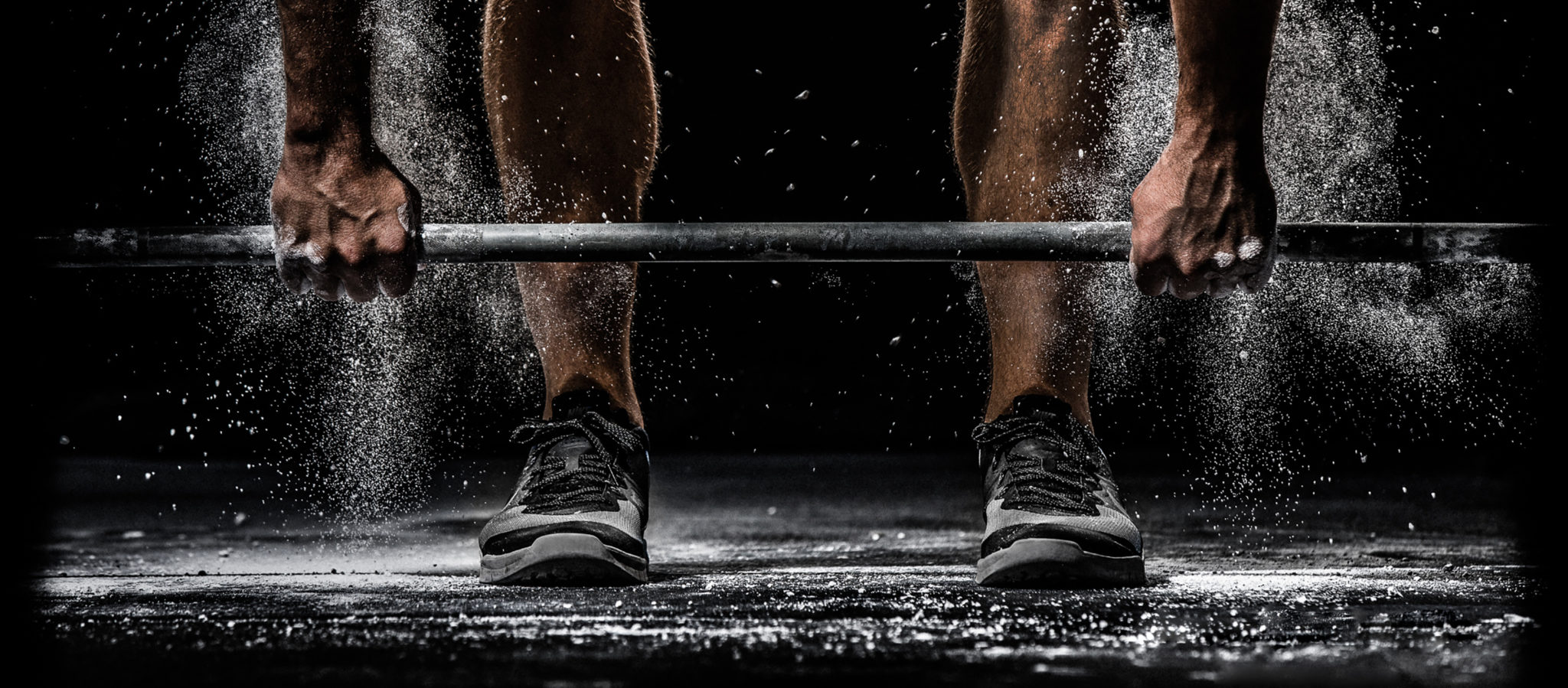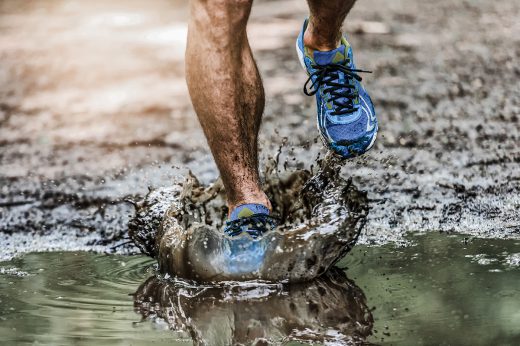Deadlifts are a versatile exercise that translate directly to our lives outside of the gym. Every day, we’re lifting, bending, and reaching for things. Deadlifts strengthen all the muscle groups used in those daily activities. But as with any aspect of a fitness regimen, you can plateau in your deadlift progress. If you want to increase your deadlift but have hit a plateau, there are a few tips and tricks you can implement to help improve your one rep max (1RM).
First and foremost, if you have not perfected the basics of your deadlift form, then find a coach and get it locked down. Many people suffer with deadlifts at higher weights because their form is lacking. Mobility is key for properly setting up for a deadlift. If your hips, hamstrings, quads, or other muscles that are primary movers in this lift are too tight, you won’t be able to get the right leverage, limiting you to lighter weights and higher risk of injury.
Diet is another reason people plateau on their main lifts. Most people don’t eat enough, which slows the metabolism and causes the body to run at subpar ability. Your body needs the proper fuel for the amount of lifting you are doing, otherwise your lifts will suffer. Look at Brian Shaw, Eddie Hall, Thor Bjornsson, and so on. They eat thousands of calories a day to maintain their ability to lift and continually increase the weight of their lifts. The best way to make sure you are eating healthy options is to get a professionally established plan from a dietician.
The next issue is the brace breath — or lack thereof. Bracing, or taking a brace breath, is breathing deeply into your abdomen and chest, then bearing down, which will create strength and rigidity through the thoracic and lumbar regions of the spine. This both protects the spine and establishes proper form for the lift. You should take a brace breath before even touching the barbell.
Many people also have either minor or major forward momentum with the bar. Basically, this means the bar is drifting forward with the initial pull, which results in the bar not being centered over your feet. When deadlifting, you want perfect vertical lineup to move the maximum amount of weight you are capable of lifting. This forward movement is extremely detrimental to the spine, and it is limiting the muscles that are engaging due to improper balance and the maximal strain on your hamstrings and lower back. Forward momentum can be mitigated by positioning your feet so that the bar is directly over the middle of your feet, then as you grab the bar, bring your shins to the bar, not the bar to your shins. Your grip width should be pretty close to shoulder-width apart. A good rule of thumb is to set up with your feet shoulder-width apart, then grab the bar so that your forearms are tight against the outside of your knees.

Another important factor for improving your deadlift 1RM is figuring out your weight-to-repetition ratio with the proper math. When I’m lifting 60 percent of my deadlift 1RM, I perform a minimum of 10 reps. From 70 to 80 percent, I’ll max out at six reps; from 80 to 95 percent, repetitions will be three to four. When you are using a proper weight-to-repetition ratio, you’re utilizing a strength cycle. You will want to increase your weight percentage over a few weeks until you build to testing a new 1RM. Crunch those numbers boys and girls — your muscles will thank you.
Implementing supplemental lifts is another way to help improve your overall deadlift performance. Bent-over row, shrugs, and various other lifts will fine-tune the smaller muscle groups that deadlifting won’t necessarily bulk up. Supplemental lifts will also help you maintain variation in your training week, which is vital for continual muscle growth. You can get variation in your routine by varying the style of deadlift as well, such as Roman, sumo, or conventional.
No matter what you’re doing at the gym, training intelligently should always be paramount. It will help prevent injuries in the long run, as well as keep you moving toward your next PR. Remember: train smarter, then you can go harder.
This article was originally published Oct. 7, 2019, on Coffee or Die.








Comments